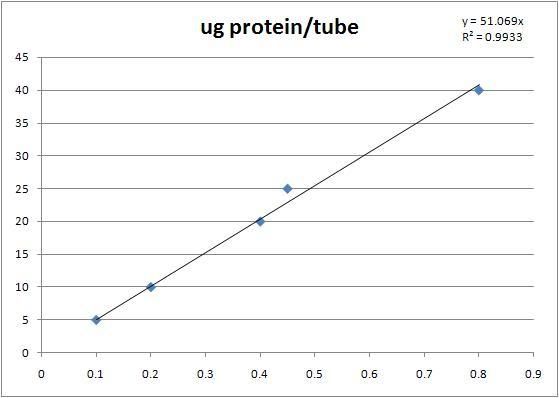By contrast, I cannot honestly remember the last time I "caught a cold". This might seem odd or perhaps by my own measurements alarming if you don't consider what I do for a living. As part of the microbiology lab in which I'm involved here, I obtain, maintain, and retain a series of strains of infectious microorganisms, including LVL2 Biohazard microbes (including E. coli, Diptheria, Cholera, and similar). The practical application of this I suppose is that periodic subclinical infections keep my immune system regularly challenged, such that it leaves little opportunity for opportunistic infections to take hold.
Without this information, it might seem that I'm more resilient against infection or that I'm "due" to catch something. Reality indicates however that I'm regularly and constantly under assault, but that my body is always ready to turn back the tide of invaders.
Some of the people I know who get flu shots complain that they don't work, and many people complain about responses of plants for which they care even after I dispense advice. What they do not realize is that that microbial world remains largely invisible to me. IN the first case, they probably catch the common cold, bronchitis, or even pneumonia after a flu shot and not the flu, such infections made possible by the fact that the body starts a primary response to influenza (which is a virus and MUST be fought by a secondary antibody-mediated immune response). In the second, they pretend that plants don't catch "colds" per se. Tobacco mosaic virus is basically akin to catching leprosy for a plant, but we don't pay it much mind.
Many things in science are not paid much mind. Touching plants induces genes. A failure in my building's climate control system shuts of laminar hood air flow (which was bad when I was mixing acetone and petroleum ether). However, I do not believe there are any coincidences. The problem for researchers is that when people discover unexpected things in science, they often don't provide public explanations if they come up with them at all. More often than not I observed scientists omit "anomalous" outliers in order to publish results when the outliers more accurately reflected the truth about that phenomenon.
When I studied diterpenes and volatiles in Vitis vinifera, we found, much to the chagrin of the funding agency that resveratrol increased only twofold in the berries but fiftyfold in the leaves under abiotic stress. That makes perfect sense biochemically now that I think about it, but if you're selling wine as an herbal supplement, that doesn't help your marketing. If you're making tea out of grape leaves, it's tantamount to a breakthrough. It wasn't what they wanted, but it was still useful.
One other thing that threw off our calculations was the alfalfa field adjacent to the vineyard. Overflow runoff from irrigation of that field influenced the grapes immediately antecedent, so once we were able to identify the source of the error, we omitted that one block out of the six total blocks of data available (a loss of 15 plants per subset out of 90 total biological replicates) until the situation rectified itself. Arbitrary omission or fanciful inclusion would have rendered our data irrelevant even if correct because it was founded on bad science.
Much goes on that we cannot see. The kind of scientific investigations in which I engaged as a graduate student involved ppb measurements, far below the detection levels of almost any human sense except taste/smell (which isn't quantitative). Just because we cannot see it doesn't mean it doesn't exist.
Yet my colleagues by and large also remain skeptics and atheists, except when they want me to buy their conclusions in peer review.



